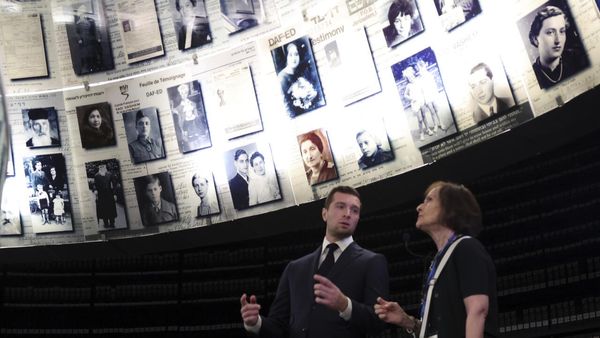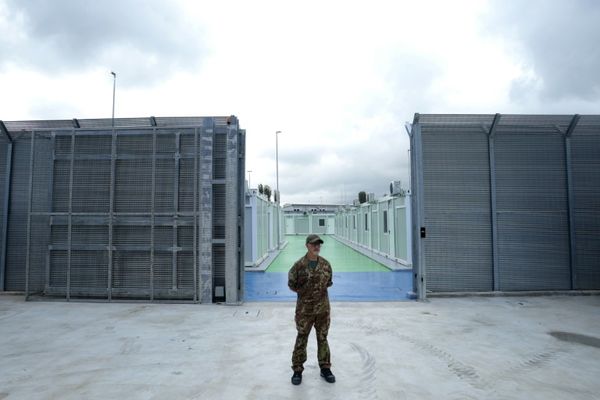Dwayne Fernandes says he always dreamed of going into space but thought his disability would put the goal out of reach.
He has photos from a childhood visit to the Johnson Space Centre in Houston, Texas, watching his father pose in a cutout of an astronaut floating in space.
"I'm looking at myself, right? My dad looks a little bit like me," Mr Fernandes said.
The Western Sydney resident will move closer to his dream when he is shot into the atmosphere to prove people like him belong in space.
He's the first Australian to take part in a parabolic flight with American organisation AstroAccess.
He will be regularly taken more than 9,000 metres above the world.
The plane will then head towards 7,000 metres.
He and other passengers will experience zero gravity for 25 seconds during the descent.
Mr Fernandes, who has two prosthetic legs, will be able to move around without having to stand on his legs.
The flight will perform the arc 15 times.
Mr Fernandes said he wanted to prove he was just as agile as able-bodied people while in zero gravity.
He said he wanted to perform a "space beep test" by floating from one side of the plane's cabin to the other.
"I'm trying to prove that myself at six foot and myself at 140 centimetres, has equal amounts of mobility, dexterity and dignity in a zero-G environment," Mr Fernandes said.
"In zero-G, I don't think I have a disability."
'Accessible for all explorers'
He will be among 16 flyers with a disability who will perform tests to show that disabled people have a place in space travel.
For example, two flyers who are blind will find their way across the cabin using tactile surfaces on the walls.
AstroAccess co-founder Anna Voelker said the experiments would benefit able-bodied astronauts as well.
"If we're talking about an emergency in space, one of the first systems that could go off could be the lights," Mx Voelker said.
"By designing for the access of blind astronauts, we are, in turn, creating really critical solutions for further-sighted flyers as well."
Mx Voelker hoped the flight would make space travel "accessible for all explorers".
"It's about furthering disability inclusion, both on Earth and beyond it," Mx Voelker said.
Defying gravity
Mr Fernandes is no stranger to soaring heights.
The competitive stair climber has run to the top of some of the world's highest towers.
His passion began when a workmate asked him to join a group running up Sydney Tower.
Mr Fernandes said he used carbon-fibre prosthetics specially made by prosthetist Cameron Ward to power his way up stairwells.
Mr Ward said he needed to replicate Mr Fernandes's missing ankle propulsion.
"If you're running up to 1,000 stairs, you don't want to be lugging anything heavy," Mr Ward said.
He said he was interested to see how Mr Fernandes performed when weightless.
"He's going to demonstrate that in zero gravity," Mr Ward said.
"Which does make a lot of sense because gravity is key."







